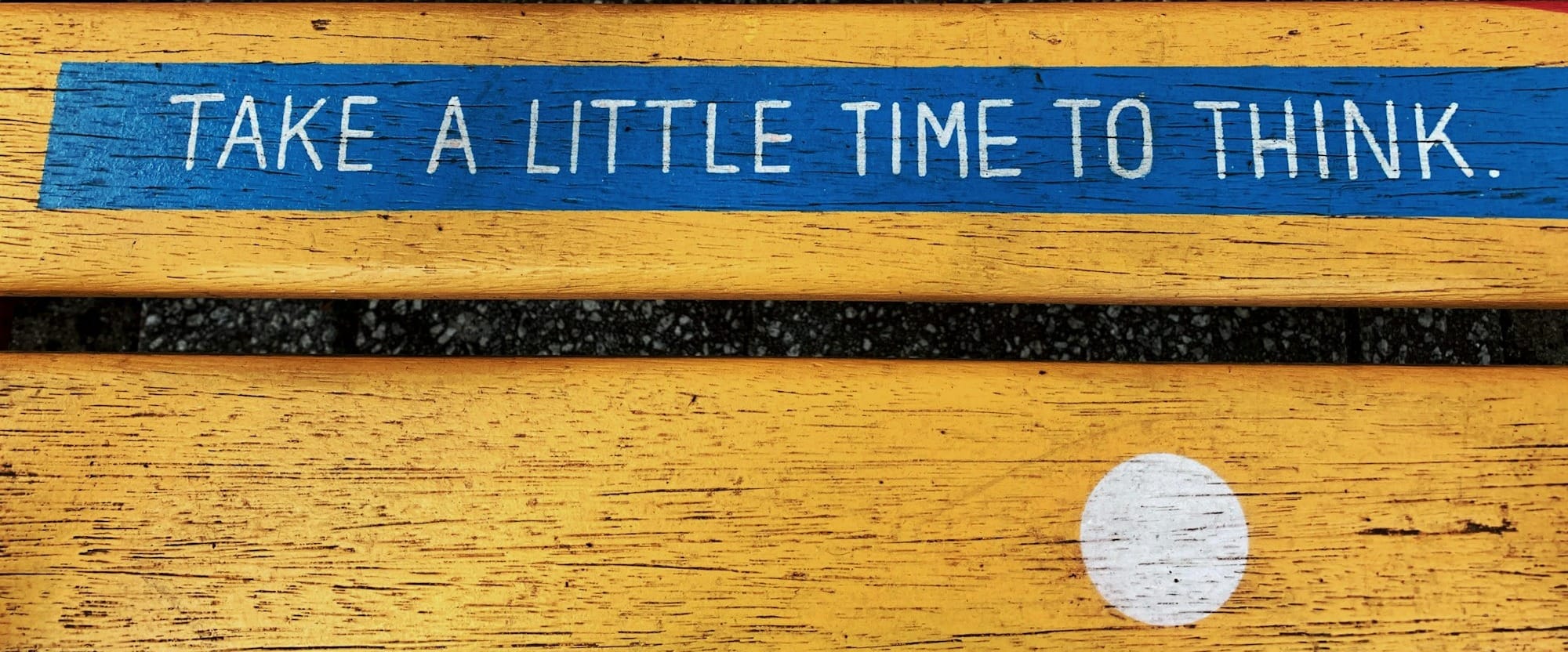The Opening Question
Replace your usual session opening with a "what if" question tied to your topic. This is a fundamental reframing of the learning relationship. You're positioning students as capable of imagining alternatives rather than passive recipients of existing knowledge.

Class size suitable for: 8-120 students
Level suitable for: All levels (undergraduate to executive)
Time needed: 30 minutes
Class setup: Any configuration: lecture hall, seminar room, or online
Materials needed: Paper, pens
How This Embodies Teaching Otherwise
This practice centres collective imagination as essential work by positioning speculation as legitimate academic inquiry rather than a time-wasting distraction. It challenges the traditional teacher-as-transmitter model by making students co-creators of knowledge from the first moment.
The activity embodies criticality as method by immediately questioning dominant narratives about how things "have to be." Instead of presenting existing frameworks as neutral or inevitable, students encounter them as choices among many possibilities.
Most importantly, it demonstrates care as curriculum by valuing what students bring to the room—their hopes, questions, and capacity to imagine, rather than treating them as empty vessels waiting to be filled.
Drawing on feminist pedagogies that challenge hierarchical relationships between teacher and student, this opening disrupts the expectation that knowledge flows one way. When you begin with "what if" instead of "today we will," you signal that this space is for collaborative exploration rather than passive reception. The practice recognises that students arrive with lived experiences, values, and a capacity for insight, not as problems to be solved, but as people to encounter.
The speculative framing immediately positions alternatives as possible rather than fantastical. This is crucial pedagogical work: helping students understand that the way things are isn't the way things have to be. By starting with imagination before analysis, you're demonstrating that creativity isn't separate from rigour but essential to it. The future becomes something they're actively practising rather than something happening to them.
Step-by-Step Instructions
Step 1: Ask the Question (2 minutes)
Replace your usual session opening with a "what if" question tied to your topic. This is a fundamental reframing of the learning relationship. You're positioning students as capable of imagining alternatives rather than passive recipients of existing knowledge.
Examples:
- Performance management → "What if performance reviews helped people grow instead of ranking them?"
- Recruitment → "What if hiring showed who organisations really value?"
- Leadership → "What if authority came from care, not control?"
Choose questions that genuinely challenge dominant assumptions in your field. Avoid safe questions that don't disrupt anything meaningful.
Step 2: Individual Thinking (5 minutes)
Students write responses to three prompts:
- What would this look like in practice?
- Who would benefit? Who might resist?
- What would need to change?
This individual reflection time is crucial. It prevents the loudest voices from dominating and ensures everyone engages with the question personally before group dynamics take over. The silence may feel uncomfortable, resist the urge to fill it. You're creating space for thinking rather than quick responses.
The three prompts move from imagination to analysis to systems thinking. Students are considering implementation, power dynamics, and structural requirements. This bridges speculation with practical reasoning.
Step 3: Small Group Building (15 minutes)
Groups of 3-4 share ideas using "Yes, and..." rather than "But that won't work because..."
This is where collective imagination happens. The "Yes, and..." rule prevents premature closure and keeps possibilities alive. Students build on each other's thinking rather than competing or critiquing one another. You're modelling collaborative knowledge creation rather than individual performance.
Move between groups and listen for moments when students surprise themselves, when they discover they can imagine alternatives they didn't know they had in them. These are the moments when the pedagogy is working.
Step 4: Connect to Course Content (8 minutes)
Introduce your planned material by asking: "How do existing approaches compare to what you imagined? What assumptions do current frameworks make?"
This is the crucial bridge. Students now encounter traditional content as one option among many, not the only way. They've already been thinking critically, so when you show them existing frameworks, they're equipped to analyse rather than just absorb.
Instead of "Here's how performance management works," you're asking, "Given what you've imagined, how do you think current approaches measure up?" The content becomes a conversation partner rather than received wisdom.
What to Expect
First 2 minutes: Confusion. Students expect instructions, not invitations to speculate.
Minutes 3-7: Quiet concentration as they realise you're serious about imagination.
Minutes 8-23: Energy builds as they discover others have similar frustrations with how things currently work.
Final minutes: Traditional content feels different; they're now equipped to critique, not just absorb.
Common Issues and Fixes
"This seems unrealistic"
Response: "What makes something feel realistic? Who decides what's possible?"
Long silence after the question
Response: Count to 15. Don't fill the space. Discomfort is productive.
"Shouldn't we focus on practical skills?"
Response: "Questioning assumptions is the most practical skill. Anyone can learn current processes, leaders imagine better ones."
Quick Adaptations
Online: Use breakout rooms for step 3
Large lectures: Ask for a few responses rather than hearing from everyone
Short sessions: Skip step 4, use the question as a lens throughout
Resistant groups: Frame as "thought experiment" rather than "imagination"
Success Indicators
- Students reference their "what if" ideas when discussing traditional frameworks
- They start questioning assumptions without prompting
- Energy in the room shifts from passive to engaged
- They ask "but what if we tried..." during later discussions
The goal isn't perfect answers, it's students who see alternatives as possible and themselves as capable of creating them.
